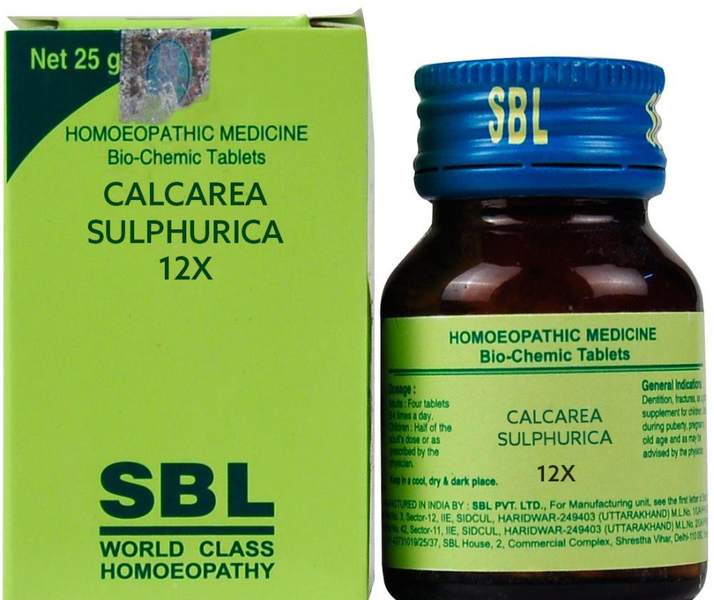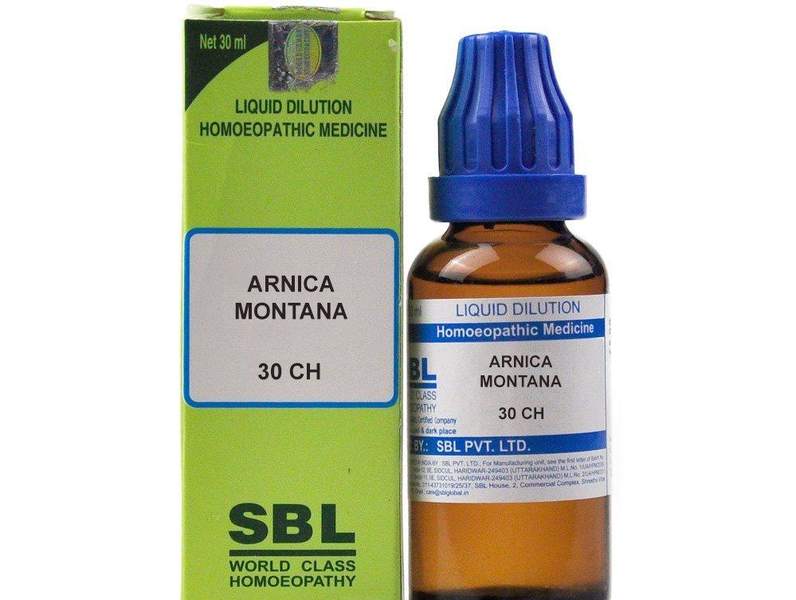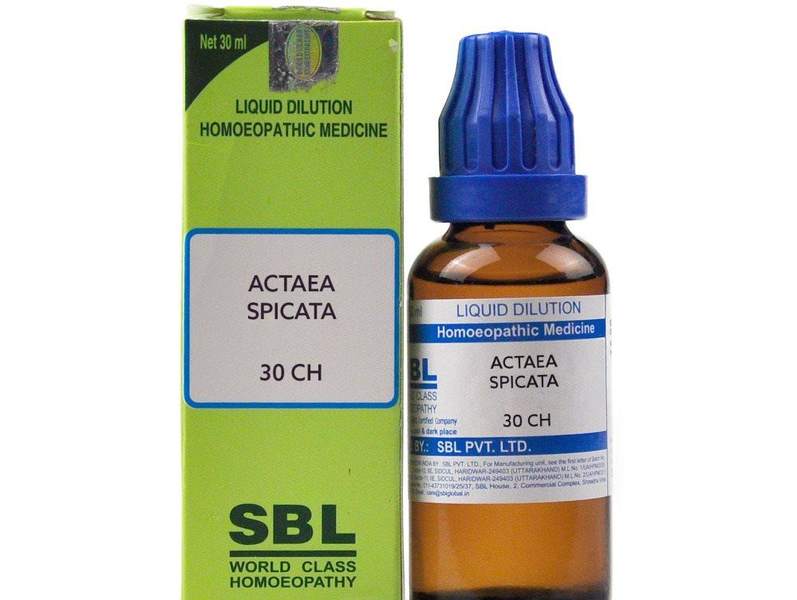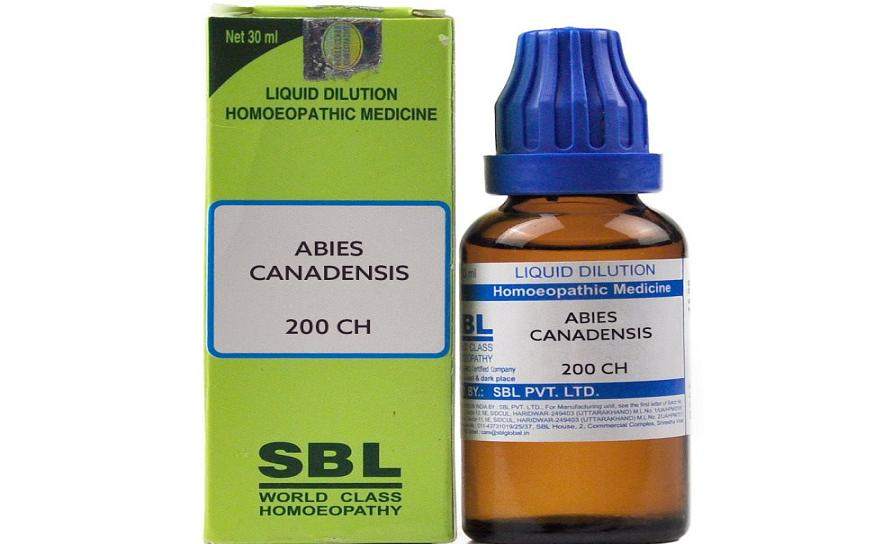Calcarea Sulphurica 30c Benefits, Uses – Calcarea Sulphurica Materia Medica
₹1,603.00 Original price was: ₹1,603.00.₹1,092.00Current price is: ₹1,092.00.
- Burning of the soles of feet
- Sees only half of an object
- Cramps in calves, soles, toes, etc.
- Dryness of nose, frequent sneezing; cold sweat on the face
Source: Mineral Kingdom
Synonyms: Calcium sulphate, Gypsum, Plaster of Paris
Prover: Dr Clarence Conant of USA in 1873 and Dr W.H. Schussler. Also C. Hering and others
Duration of Action: Not definite
Miasmatic Background: Tubercular in general and syphilitic at a particular level
Temperament: Nervous
Diathesis: Scrofulous and rickety
Thermal Relationship: Very hot patient
Introduction and History: It is one of the twelve tissue remedies introduced by Schussler. Dr Kent finds it a very deep and long acting homeopathic remedy. He considered it to be an antipsoric remedy resembling Sulphur, Psorinum and Tuberculinum, useful when well selected remedies act only for a short time. It is found in nature as Gypsum, dissolved in spring water. It is in the pure form, a chemical compound of calcium and sulphuric acid. It is triturated with sugar of milk according to instructions given in the homeopathic pharmacopoeia.
Constitution and Physiognomy: It is best suited to tall, obese, worn out constitutions with lax fibres and a sour, offensive odour of the whole body.
Ailments From: Wear and tear, maltreated septicaemia, artificial baby foods and tonics, artificial milk, suppressed skin eruptions and collagen disorders, suppressed venereal diseases, injuries, insect bites, ill-effects after antibiotics.
Seat of Action (Pharmacodynamics): Glands, blood vessels, respiratory, gastrointestinal and genitourinary system, skin, extremities, bones, connective tissues and mucous membranes.
Physio-pathological Changes (Pathology)
- It has a tendency of abscess formation in the body in any place.
- It has a special affinity for suppuration.
- Deficiency of Calcarea sulphurica causes increased utilization of oxygen in isotonic NaCl solution, and also in NaCl-KCl mixture, resulting in a hypoxic state of cells, where it disturbs metabolism, especially carbohydrate metabolism; and causes accumulation of pyruvic, lactic acid and various intermediate products of glycolysis.
- It acts on capillaries causing their dilatation and oedema extracellularly.
- Calcarea sulphurica destroys old, senile, worn out cells, especially red blood cells, white blood cells and macrophages in the liver by taking away their water. Hence, its deficiency results into excessive, useless, circulating, wandering cells in blood vessels causing spherocytosis.
- It causes separation of old cells from growing tissues. They circulate in the body and become antigenic in nature. Thus, the body produces autoimmune bodies against these cells.
- It also causes autocoagulation of blood cells at very low temperature.
- It decreases the motility and phagocytic activity of leucocytes. Therefore, acute infection leads to subacute septicaemia with pyrexia of unknown as well as known origins.
- It causes thickening and oedematous condition of nasal mucosa, with formation of nasal polyps or hypertrophy of concha.
- Its deficiency also causes autocoagulation of blood cells at very low temperatures, which causes pain in the pulp of the fingers and toes, and frozen shoulders.
- Bile functions are assisted by Calcarea sulphurica. It causes emulsification and absorption of fat, and simultaneously helps in absorption of calcium also. Therefore, deficiency of Calcarea sulphurica causes deficit functioning of bile, and thus steatorrhoea results. It also simultaneously causes intestinal mucosal ischaemia. Later on necrotic changes appear. Therefore, it causes multiple polyps with sloughing, bleeding and mucoid discharges in the lumen of intestines.
- In the kidneys, deficiency of Calcarea sulphurica results in microminimal changes in the basement membrane of the glomerulus causing albuminuria (as calcium binds with albumin). Therefore, it is useful in nephritis and nephrosis. It prevents nidus formation thus, preventing multiple stone formation in the kidneys, gall bladder and salivary glands like, submandibular, parotid, etc.
Characteristic Mental Symptoms (Psychology)
- Absentminded and irritable. Anxious, better in open air.
- Changeable mood. Sudden loss of memory.
- Discontented, full of tears.
- Despair of recovery, capricious
- Sees and imagines phantoms, fear of death, frightened easily.
Characteristic Physical Guiding Symptoms
Burning: Burning pain with numbness – localized or generalized with cold extremities.
Pyrexia: It is the best remedy in pyrexia of unknown origin and subacute to chronic septicaemia.
Hepatization: It is useful in hepatization and resolution stages of pneumonia, empyema, phthisis, bronchitis, hydrocephalus and osteomyelitis.
Antiseptic: It is an antiseptic in the biochemic system of medicine. Its range is similar to that of broad spectrum antibiotics. It acts as a blood purifier.
Discharges: Mucous discharges are yellow, thick and lumpy.
Skin: Unhealthy skin; ulcers do not heal rapidly.
Abscesses: Tendency to formation of abscesses in the body in any place. Painful abscesses about the anus in cases of fistula.
Tongue: Tongue is flabby with a yellow coating at the base of the tongue. .
Desire: Desire for fruits, green sour vegetables, tea, etc.
Eyes: Inflammation of the eyes with discharge of thick, yellow coloured exudates.
Pimples: Pimples and pustules on the face.
Vertigo: Vertigo with nausea. Chronic and periodical headache.
Important Characteristic Features
Liver: Calcarea sulphurica is present only in the bile, according to Bunge. The Calcarea sulphurica contained in bile comes from the liver, where it fulfills the function of destroying worn out red blood corpuscles, by taking away their water. Due to a deficiency of Calcarea sulphurica in the liver, this destruction of unfit corpuscles is delayed. Hence, the blood soon contains an oversupply of useless cells. Under normal conditions, all useless blood corpuscles disintegrate by means of Calcarea sulphurica in the liver; their remnants are excreted through biliary action from the circulation by the shortest route. Such remnants are not excreted through the circulation, by the liver nor are they taken up by the lymphatics. Instead they reach the mucous membranes and skin, producing catarrh and eruptions there.
Suppuration: Calcarea sulphurica is indicated in suppurative processes when pus has found a vent. All mucous discharges are yellow, thick and lumpy. Calcarea sulphurica is for the third stage of all catarrhs. It cures purulent discharges from the mucous membranes and purulent exudation in serous sacs, as well as tubercular ulcers or abscesses of the intestines and ulcers of the cornea. Other kinds of exudations may take place because of a lack of other salts even when there is sufficient Calcarea sulphurica in the body.
Skin complaints: There are numerous skin symptoms in Calcarea sulphurica. Unhealthy skin, cuts, wounds, bruises, etc. do not heal quickly. Skin affections with yellowish scabs and purulent exudations. Burning and itching of skin. Dryness of skin. Itching in bed; better by scratching. Ulcers bleed, burn and are scaly, crusty and deep. Ulcers discharge bloody pus, which is offensive and thick yellow.
Tumour: Calcarea sulphurica is recommended for cystic and fibroid tumours, torpid glandular swellings, in gonorrhoea, syphilis, bubo, leucorrhoea, catarrh, eczema and consumption provided there are the characteristic discharges.
General Modalities
Aggravation: Exertion, warmth and overheating, warm room, warms wraps, after stimulants.
Amelioration: Open air, cold bathing, uncovering.
Remedy Relationships
Follows well: Fl-ac.
Antidote to: Kali-m.
Compare: Ars, Phos, Thyr, Tub, Sulph, Lyc, Sil.
Potency: 3x, 6x, 12x, 30, 200, 1000.
Calcarea Sulphurica Dosage: Schussler recommends 12x trituration but Dr Kent recommends 30 to 1M potencies.
Repetition: Bears repetition well in low potencies.
Therapeutic Value: Abscesses, AIDS, Carbuncles, Catarrh, Constipation, Eczema, Fibroadenoma of breasts, Fissure, Fistula, Ganglion, Gum boils, Haemorrhages, Lumbago, Rheumatism, Sprains, Syphilis, Tonsillitis, Ulcers, Varicose veins.
Note
- This tissue salt maybe tried for acquired immuno-deficiency syndrome
(AIDS) and haemoglobinopathies like sickle cell anaemia, thalassemia, etc. - Dr Schussler omitted the use of this during the later period of life.
Related products
Homeopathic Medicine
Homeopathic Medicine
Homeopathic Medicine
Abies Canadensis Homeopathic Medicine – Abies Canadensis Uses
Homeopathic Medicine
Homeopathic Medicine
Argentum Nitricum Materia Medica – Argentum Nitricum 30 Uses
Homeopathic Medicine
Homeopathic Medicine
Homeopathic Medicine











